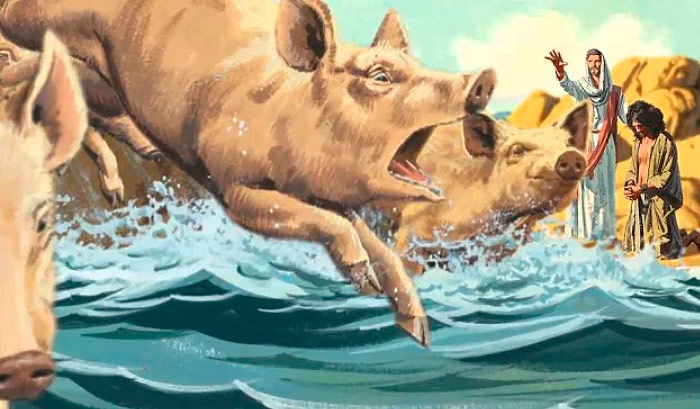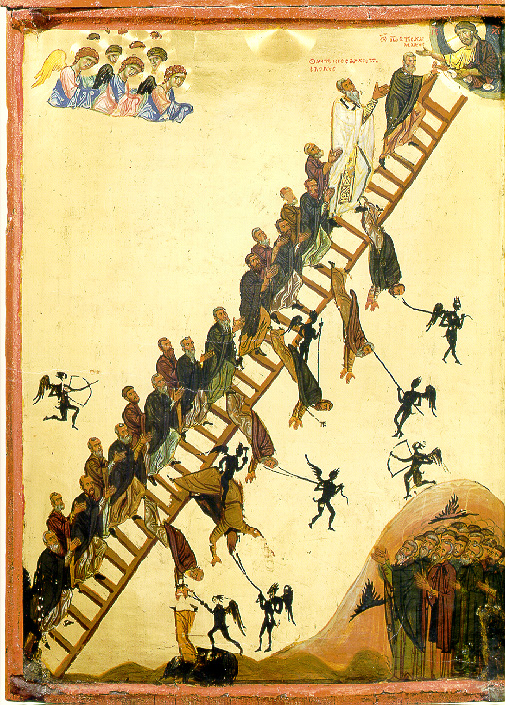That frightening headline appeared today on a major web site. In the past, polar bears, almost every amphibian, penguin, marsupial, cactus, butterfly, asthmatic, manatee, and overweight child have been used to fill in the blank in endless “_________ Are The Canary in the Coal Mine!” headlines.
Like the similar “We All Going To Die Because ______!” stories, anything vaguely understood to be alarming can be used for profitable fear-mongering by making it the first word in any “________ Are The Canary in the Coal Mine” article.
Everyone has been taught to believe, and react with great worry and concern about, anything that’s alleged to be “the canary in the coal mine”. Even the dullest absorber of “news” recitations has a vague understanding that coal miners used to take caged canaries into the mines with them, knowing that their small respiratory systems would cause them to die if methane levels got dangerously high. “The canary’s dead or passed out. Looks like it’s time for us to leave.” someone in the mine would say before the miners exited, or stampeded from, the mine.
Someone who questions popular delusions, (a Catholic Fundamentalism trait) realizes that it’s hard to imagine the poor Welsh coal miners in How Green Was My Valley spending good money on canaries when sparrows and starlings could easily be trapped, caged, and taken down in the mines for free. When we think about how few of the mostly rural miners even lived in towns that had pet shops at which the occasional replacement canary could be purchased, we see it’s even more doubtful that many, if any, canaries were actually taken down into the mines.
For the above reasons, we might reasonably assume that not one coal miner ever took one canary into a single coal mine. If any birds were taken into the mines, they were free starlings and sparrows, not expensive canaries. So, why the charade of the “Canary in the coal mine” phraseology?
That careful selection of words came from early focus groups. Consumer research discovered that sparrows and starlings were looked at as “undesirable birds” and that canaries were almost universally loved. “Nobody cares if there’s one less sparrow or starling, but a lot of people seem to be quite attached to canaries. They like parakeets, too. But, if we need some illustrations to frighten the fools, parakeets won’t show up in the dark coal mines as well as bright, canary yellow.”
“Canary it is!”, said the brilliant environmentalist who invented the “Canary in the coal mine” phrase and concept. The very next day, “The Snail Darter, Our Canary in the Coal Mine!” was spread across the front page of the NYT and several other influential papers and newsmagazines. “Canary in the Coal Mine” continues to appear in every reputable, respected newspaper at least twice a week.
The kind of history that such people make was made.
No one, of course, knows the name of the concept’s brilliant inventor. It may have been a dreaded white male, which would improperly encourage those who believe them more likely to be original thinkers to continue in those, the most politically incorrect beliefs of all. Or, a brilliant woman may have developed the concept. If so, such an amazing accomplishment might make less inventive females feel badly about themselves. As it is, when there are meetings of environmentalists, each identifiable group has been given enough information to conclude that the first to use “The Canary in the Coal Mine”, the only example of original thinking in the entire history of environmentalism’s largely uninterrupted regurgitation of lies, was, in fact, one of them.
“It was a Pakistani female.”, say women from Bangladesh. “It was an Eskimo from Kamchatka.”, say environmentalists with a background both Asian and Inuit. The less intelligent white males are convinced that it was one of them, Al Gore, in fact, who was responsible. Afro-American women of a leftist persuasion persist in believing that the “________ Are The Canary in the Coal Mine” concept was invented by Harriet Tubman, who interrupted her important work on developing the light bulb just long enough to make this brilliant, journalistic break-through before she went back to turning night into day, something she finished just before starting to work on the first automatic transmission.
All of them miss the point. The important thing is that all environmentalists, everywhere, have been given an equal opportunity to identify with someone actually who did something intelligent, and that is widely believed among them to be “Every bit as good as actually being intelligent. Maybe, better.”








